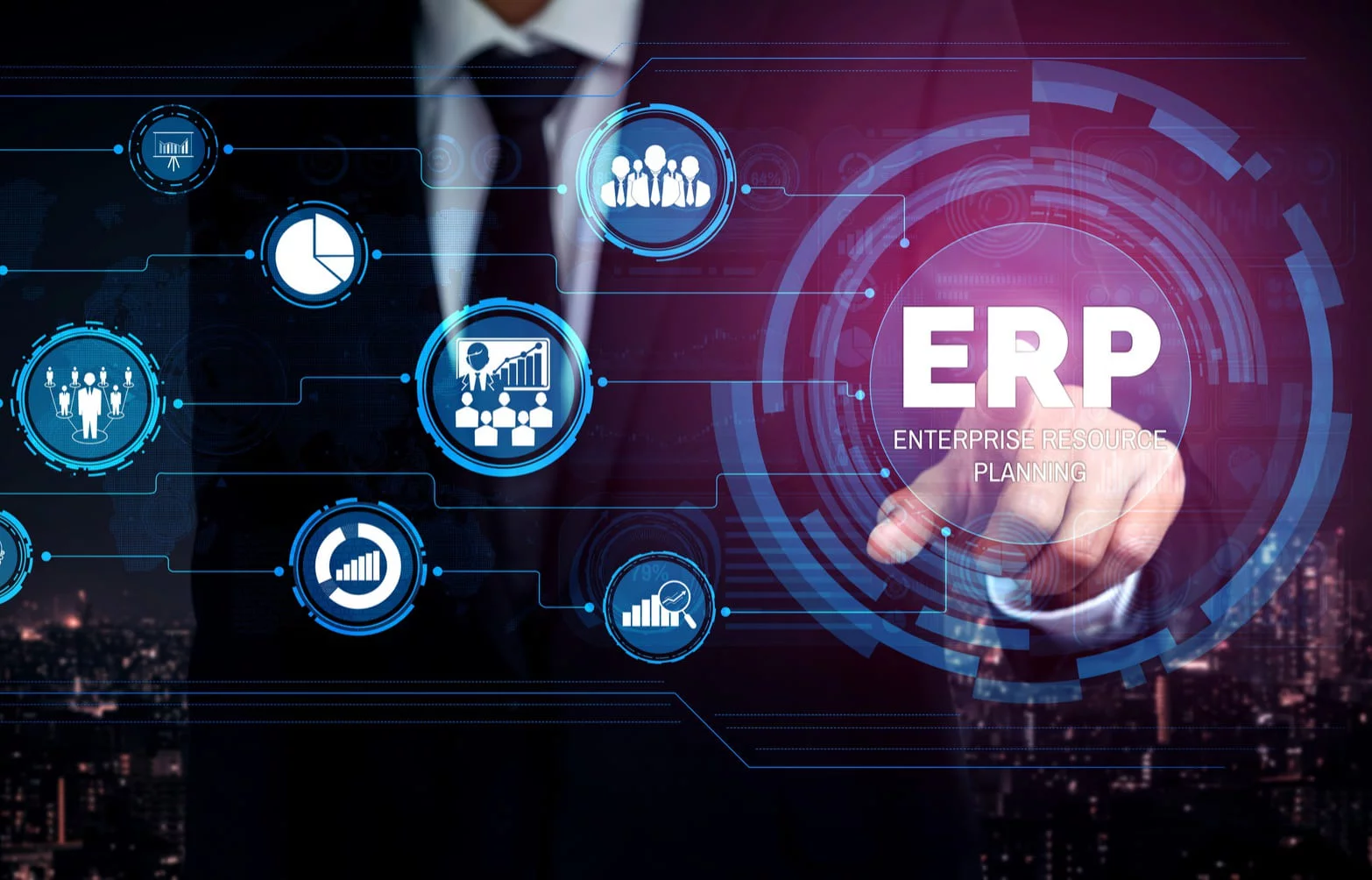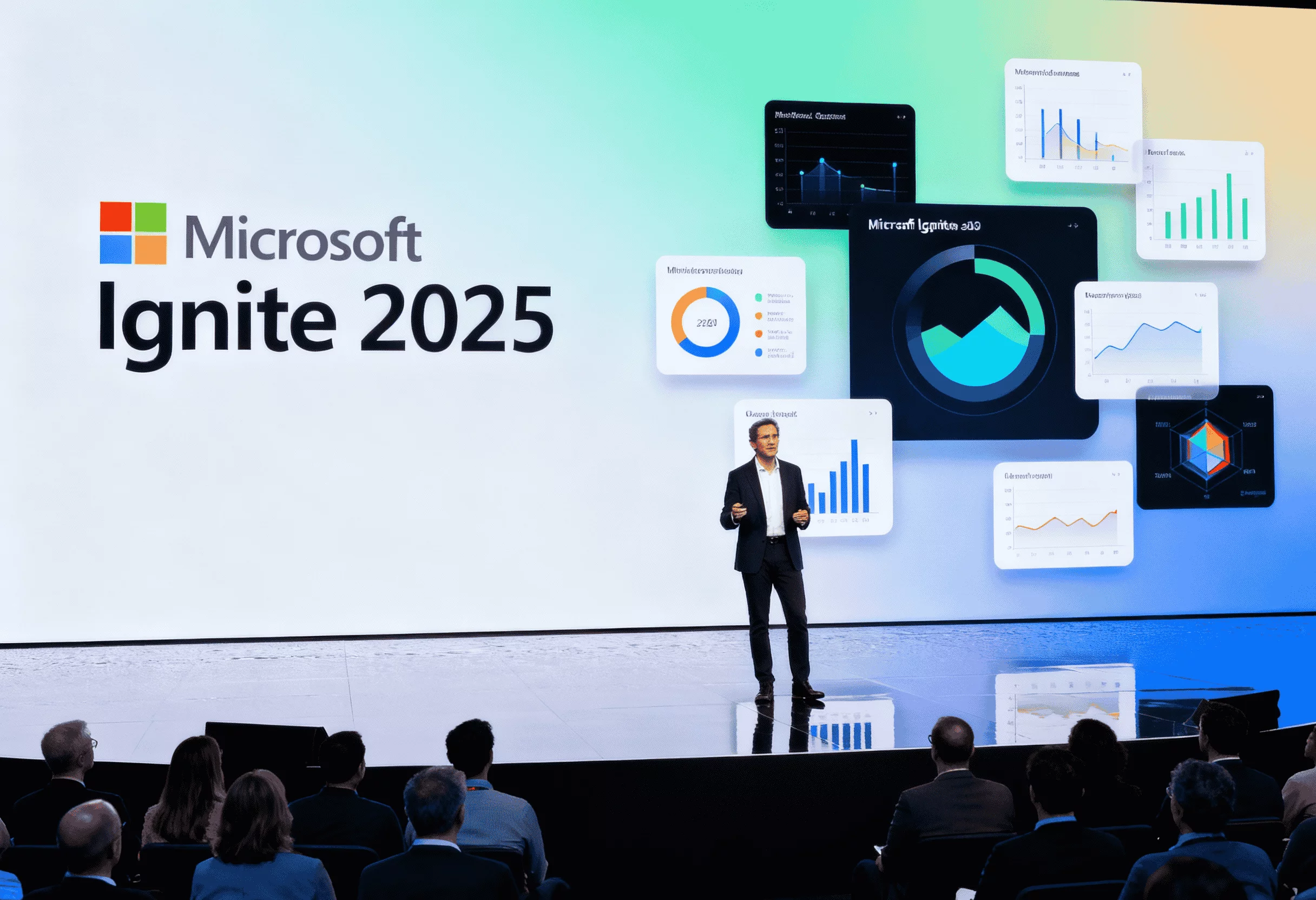The food industry was slower to adopt Artificial Intelligence (AI) compared to sectors like finance and healthcare, where AI has already brought automation, personalization, and predictive capabilities.
Today, from fast-food chains to fine-dining restaurants, and from cloud kitchens to delivery platforms, AI is improving customer experiences and creating new operational efficiencies. Tools such as dynamic pricing, route optimization, and AI-powered chatbots are helping food businesses remain competitive in an increasingly tech-driven market. In fact, the global market size of AI in the food and beverage sector was valued at approximately $6.5 billion in 2023, and it is expected to grow steadily to over $29.9 billion by 2028.
If you are a food business owner, startup founder, or industry consultant, this guide will help you understand how to leverage AI for better performance and growth.
Impact of AI in Food Delivery Apps
Artificial Intelligence is reshaping the way we interact with food delivery apps. From personalized meal recommendations to faster delivery routes, Artificial Intelligence is working behind the scenes to make our experiences smoother, smarter, and more satisfying.
Personalized Recommendations Powered by AI
AI is transforming how users interact with food delivery apps, from exploring food options to placing orders and tracking deliveries. One of the most noticeable changes is the rise of personalized recommendations within these platforms.
By leveraging data such as previous orders, in-app browsing behavior, dietary preferences, and even local weather, AI algorithms can suggest dishes and restaurants tailored to each user’s unique tastes. This personalization enhances user satisfaction and also drives increased order frequency, higher average order value, and larger basket sizes for the app.
Live Tracking and Smarter Delivery Management
AI in food and beverage industry enhances the delivery process through real-time tracking and intelligent route management. It processes live data to provide accurate delivery time estimates, reroute drivers based on traffic conditions, and group orders more efficiently.
For delivery platforms and startups, this leads to shorter wait times, fewer failed deliveries, and improved resource utilization. These improvements play a key role in keeping users satisfied, encouraging repeat usage, and increasing app ratings.
Monetization Strategies in AI-Powered Food Delivery Apps
AI not only enhances app functionality but also supports smarter monetization approaches. Food delivery platforms are increasingly using AI to implement subscription models that offer benefits such as free deliveries and personalized deals. AI helps identify high-value users who are more likely to subscribe, making these offers more targeted and effective.
Freemium features like detailed meal tracking or priority support give users a taste of premium services, encouraging them to upgrade. This AI-driven approach helps platforms boost revenue while delivering added value to users.
AI-Driven Partnerships and Smart Advertising
AI in food and beverage industry plays a key role in unlocking new revenue opportunities through personalized advertising. By analyzing user behavior and preferences, AI enables food delivery apps to show highly relevant ads, such as sponsored meals or loyalty offers. This targeted approach increases advertising effectiveness while preserving a smooth and engaging user experience.
AI also enhances the value of brand partnerships. By segmenting users based on their habits and interests, food delivery platforms can collaborate with local restaurants, health brands, or specialty food providers in a more strategic way. These AI-optimized partnerships create mutual benefits, improving visibility for partners and generating additional income for the platform.
AI In Restaurant App Development
As restaurants increasingly embrace digital platforms, Artificial Intelligence is becoming a key enabler in delivering smarter, more personalized, and efficient app experiences. Here are some of the keyways AI is transforming restaurant app development.
Automated Ordering and Payment Systems
AI is improving the food delivery experience by enhancing the ordering and payment process. Through technologies like natural language processing and computer vision, AI enables features such as voice-activated ordering, mobile checkouts, and smart in-app navigation. These systems help reduce order errors, cut down processing time, and enhance convenience for both customers and delivery partners.
Smart Kitchen Technologies and Robotics
AI is also making a difference behind the scenes by improving restaurant operations that support food delivery. AI-powered kitchen display systems (KDS) can prioritize and organize orders based on preparation time, current stock levels, and incoming order volume from apps. Robotics, supported by AI, can automate repetitive kitchen tasks such as preparing standard meals or packaging orders. This leads to faster food preparation, better consistency in order quality, and improved delivery readiness.
AI-Driven Customer Support in Food Delivery Apps
AI is changing how food delivery apps manage customer interactions. Chatbots and virtual assistants powered by AI can handle tasks such as answering frequently asked questions, tracking orders, processing refunds, and assisting with complaints during peak hours.
These systems provide round-the-clock support, helping users get quick assistance without delays. When needed, complex issues can be smoothly transferred to human agents, ensuring customer satisfaction and service efficiency.
Personalized Marketing and Loyalty Features
AI also supports food delivery apps in building stronger user engagement through personalized marketing. By analyzing user behavior, past orders, and preferences, AI can segment customers and deliver customized promotions and suggestions.
Whether it’s recommending a go-to dish at the right time or sending a discount on a user’s favorite cuisine, this personalized approach increases repeat orders, enhances user experience, and improves overall customer retention.
AI Trends to Watch in Food Industry
As the food industry continues to embrace digital transformation, Artificial Intelligence is driving innovation across every stage of the value chain. Here are some of the most promising AI trends that are redefining the food industry today.
Generative AI Accelerating Product Innovation
Generative AI is playing a growing role in food R&D. In a 2024 McKinsey survey of consumer packaged‑goods (CPG) leaders, 71% reported AI adoption in at least one business function (up from 42% in 2023), and 56% were already using generative AI regularly Meanwhile, McKinsey estimates that generative AI could deliver productivity gains equating to 10–15% of overall R&D costs.
Enhanced Customer Interaction Through AI Chatbots
AI‑driven chatbots are rapidly gaining traction. Juniper Research projects that the retail spend on chatbots will exceed $12 billion in 2023 and grow to $102 billion by 2026. By 2025, it’s estimated that AI chatbots will save businesses over $11 billion annually in customer service costs, with 75% of organizations expected to use chatbots for customer engagement.
Smarter Food Safety and Compliance with AI
A shift is coming toward predictive, AI-driven food safety systems that can quickly spot contamination threats and initiate immediate corrective steps, helping businesses reduce the chances of product recalls and regulatory issues. Additionally, AI will optimize compliance tasks by automating documentation and enabling real-time regulatory reporting, minimizing the need for manual audits and extensive paperwork.
A study by MarketsandMarkets estimates that the global food traceability market, largely driven by AI and blockchain, is projected to grow from $16.8 billion in 2021 to $26.1 billion by 2026, at a CAGR of 9.1%, due to increasing demand for safety and compliance automation.
Seamlessly Optimized Supply Chains
AI‑based forecasting has proven powerful in logistics: McKinsey reports that such systems can cut forecasting errors by 30–50%, reduce lost sales from stockouts by up to 65%, and shrink inventories by 20–50%. These results are especially transformative in food and beverage, where managing perishables and demand variability is critical.
Real-World Examples of AI in the Food and Beverage Industry
To understand the practical impact of AI, let’s explore how leading food delivery platforms, restaurant chains, and beverage companies are using artificial intelligence to optimize operations, personalize customer experiences, and drive business growth.
Swiggy
Swiggy uses AI to optimize delivery routes in real time, reducing wait times and increasing efficiency. Its AI-powered ETA models predict delivery time based on traffic, order size, and kitchen load. Swiggy also personalizes food recommendations based on user preferences and order history. The company uses machine learning for fraud detection and smart allocation of delivery partners. AI helps optimize customer support through intelligent chatbots.
Zomato
Zomato uses AI to power its recommendation engine, suggesting restaurants and dishes based on past orders, user ratings, and dining behavior. It applies computer vision to analyze food images uploaded by users. AI is also used to predict customer lifetime value and segment users for targeted campaigns. Zomato’s dynamic pricing models use real-time data to optimize delivery fees. Additionally, it uses NLP for sentiment analysis of reviews.
Domino’s Pizza
Domino’s integrates AI to enhance quality control using its Dom Pizza Checker, which uses image recognition to inspect pizzas before dispatch. The brand uses predictive analytics to forecast demand and optimize inventory. Voice assistants powered by AI handle customer orders through apps and smart speakers. AI helps create hyper-personalized marketing offers for app users. It also optimizes delivery routes and reduces turnaround times.
Starbucks
Starbucks’ Deep Brew AI platform personalizes in-app suggestions and email marketing based on purchase patterns. It predicts store demand to optimize staffing and inventory. Deep Brew also helps baristas by automating routine tasks and improving store efficiency. AI-driven insights guide Starbucks’ new product development strategies. The system supports customer retention by enhancing loyalty program engagement.
McDonald’s
McDonald’s uses AI to personalize drive-thru menus dynamically through its acquisition of Dynamic Yield. It factors in the weather, time, and trending items to recommend meals. AI is used for kitchen workflow optimization, ensuring fast and accurate orders. Mobile apps use AI for personalized offers and upselling. McDonald’s also applies AI for predictive maintenance of kitchen equipment.
Unlock New Possibilities in Your Food Business with Intelegain’s Advanced AI Services
Today’s food industry faces a range of complex challenges, including shifting consumer demands, supply chain disruptions, rising competition, and the continuous need to enhance efficiency. Addressing these issues requires more than just adopting new technologies. It calls for a reliable AI development services partner who can help you implement the right solutions with a tailored approach.
At Intelegain, we work alongside you to deliver smart, practical AI solutions tailored to your unique business needs. Whether it’s accurate demand forecasting, enhancing food safety, minimizing waste, or personalizing customer experiences, we design and develop AI tools that drive real value and measurable results. Ready to bring smarter AI solutions to your food business? Get in touch with us today.
FAQs
AI in food industry improves food safety by identifying contamination risks, monitoring temperature controls, and using image recognition to detect quality issues in production lines.
AI in app development enables features like voice assistants, chatbots, predictive text, and personalized content recommendations, all of which help deliver a smoother and more engaging user experience.
Yes, AI can predict demand accurately, helping businesses optimize inventory levels and reduce overstocking or spoilage.
Yes, AI systems, including image recognition and machine learning models, can monitor food quality during production, helping identify defects and ensuring consistency.
Let’s Build Digital Excellence Together










